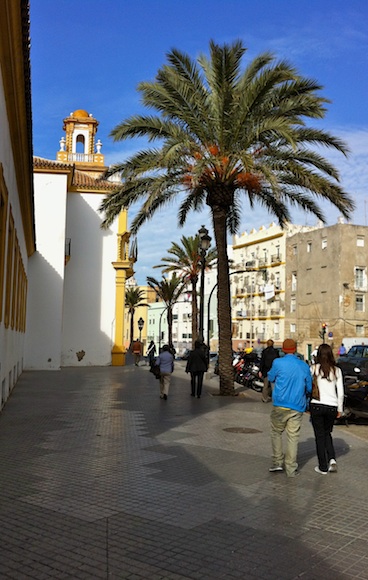
Today the Spanish navy calls Cadiz home, but over its long existence, this ancient port city has offered safe harbor to numerous fleets. Perhaps the most exciting period of its history was the Age of Exploration when the city underwent a renaissance. Used for the staging of Christopher Columbus’ second and fourth voyages, the city would in turn become the homeport of the Spanish treasure fleet, and consequently an attractive target to Spain’s enemies.
Over the sixteenth century Barbary corsairs would launch a series of failed raids, while the true threat would emerge as English fleets began prowling the oceans, who would every couple of decades make a strike at the Spanish port; often resulting in the harbor’s occupation and the destruction and capture of numerous ships and stores. Once such incident in 1596 CE saw large sections of the city put to the torch after the royal authorities refused to the pay the ransom demanded by the English for returning the city unharmed.
Because of this, and other damage Cadiz had endured over the centuries, the majority of the historic buildings in the Old City actually date from the end of the Age of Exploration and the beginning of the eighteenth century when the port under went its golden age after the sand bars of the Guadalquivir river forced the Spanish government to transfer the Spanish American trade from Seville to Cadiz. Once this occurred three-quarters of all Spanish trade with the Americas would flow through the port city, turning it into one of Spain’s most cosmopolitan city as it became home to trading communities from many countries.
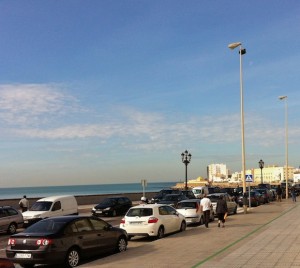
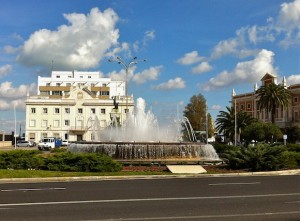
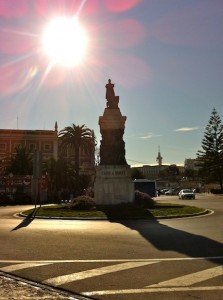
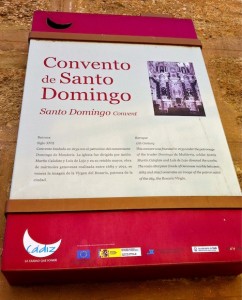
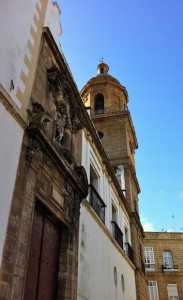
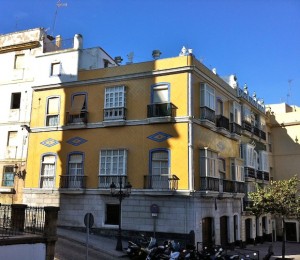
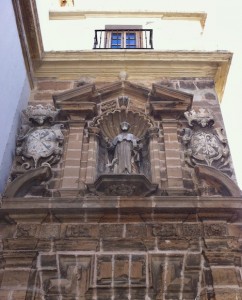
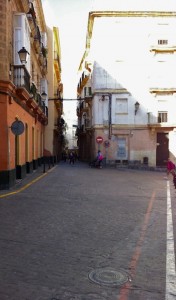
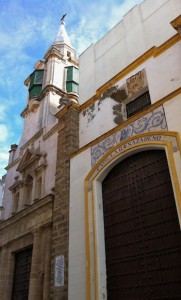
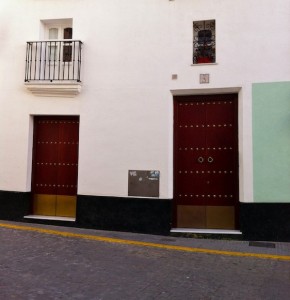
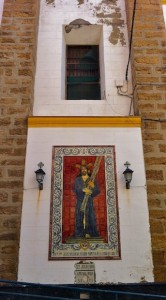
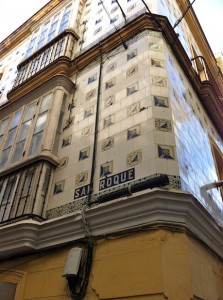
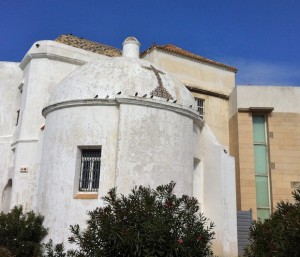
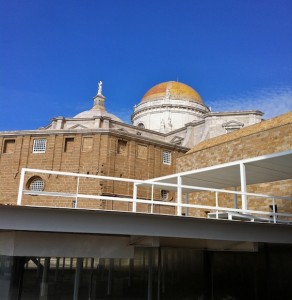
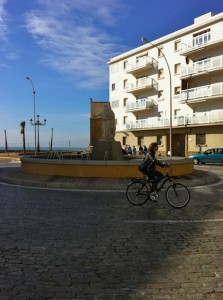
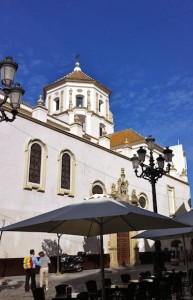
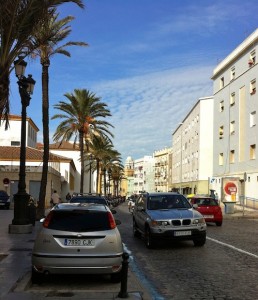
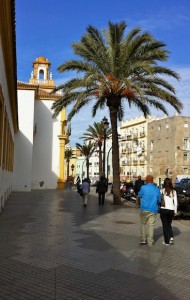
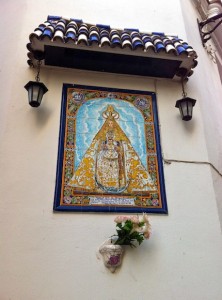
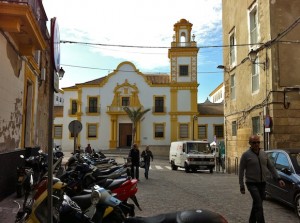
![1755 Lisbon Earthquake [Repost]](http://www.cultureaddicthistorynerd.com/wordpress/wp-content/uploads/2013/03/monument-square-150x150.jpg)

![Cadiz sites: Carcel Real fashion exhibit [Repost]](http://www.cultureaddicthistorynerd.com/wordpress/wp-content/uploads/2012/09/carcel-real-150x150.jpg)
![Cadiz and the Napoleonic Wars [Repost]](http://www.cultureaddicthistorynerd.com/wordpress/wp-content/uploads/2012/07/cathedral-plaza-150x150.jpg)
![Future of Cadiz [Repost]](http://www.cultureaddicthistorynerd.com/wordpress/wp-content/uploads/2012/10/carnival-chirigota-150x150.jpg)
![Alhambra’s history as a Christian fortress [Repost]](http://www.cultureaddicthistorynerd.com/wordpress/wp-content/uploads/2013/03/roman-ceiling-150x150.jpg)




































Another great set of pics….weather looks amazing there. By the way, what are those images on the outside of the building wall on pictures #11 & #19?
We were lucky to have awesome weather for all our ports of call. Two weeks on the road, and we didn’t see a drop of rain until we reached the final port at Lisbon.
And those mosaics are pretty neat. Scattered throughout Cadiz, whether on the side of a church, or down some back alley, there were all manner of religious iconography.